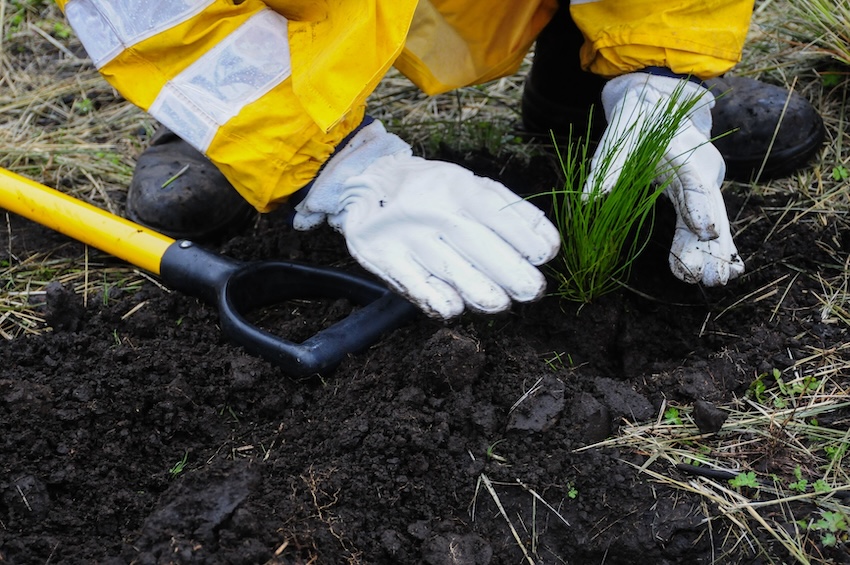On your marks … get set … plant a tree!
That’s pretty much how it went over the weekend when Mexico hosted its first tree-planting tournament — which combined a sporting event with a mission to help the planet.

Titled with the English word “Planting,” the competition drew nine forestry brigades from the south-central Mexican states of Oaxaca, Tlaxcala and Puebla.
Last year, there was a similar project in which 500 women from 10 rural communities helped reforest the Sierra Tecuani Biosphere Reserve in Guerrero — only that event lasted a week and it wasn’t a competition.
The one-day event on Saturday definitely was a competition, with teams of 10 squaring off in fast-paced, 20-minute matches in which they were scored. Referees and judges were tasked not only with monitoring strategy and technique, but also with verifying each seedling’s opportunity for survival.
More than 600 people — including brigade members, officials, volunteers and enthusiastic supporters — turned out for the event, which was deemed the Lemon Challenge 2025.
It was held in Lomas de Santana, an area undergoing reforestation and soil reconditioning in Santa Rita Tlahuapan, Puebla.
When all was said and done, more than 7,000 trees had reportedly been planted during the competition.
“This event is a recognition of the forestry brigades and rangers around the world who risk their lives fighting pests and fires and reforesting our forests,” said Paúl Burgos Navarrete, CEO of Global Lemon. “This sport was born from the drive of a new generation seeking to do transcendent things that help the planet.”
In the men’s tree-planting final, the Águilas Reales de Tepelmeme (Oaxaca) edged Piolines de Tlahuapan (Puebla), 115 trees to 108.
Competition in the women’s division was even more fierce, with Luciérnagas de Tlahuapan (Puebla) edging out Heroínas del Matlalcueyetl (Tlaxcala) by a single tree, 38 to 37, to secure the title.
Matches ran with all the trappings of sport: a stopwatch, a scoring system, and field judges who assured both fair play and the survival of the saplings.
“Planting combines the best of sport with the best of ecology: strength and physical skill, strategy, teamwork … and well-planted trees,” said chief referee and forestry engineer Ricardo Castro.
Local government, the ejido de Santa Rita Tlahuapan and companies such as Tajín and Driscoll’s México helped organize, fund and staff the event. Brose, Citelis and Grupo Tored also provided logistical and financial backing.
While the tournament put thousands of new trees in the soil, the needs for Mexico’s forests are urgent. New research from the Institute of Ecology AC (Inecol) warns that more than 1,000 native tree species face extinction.
Although less than 10% are officially listed as threatened, there are still pressing concerns over habitat loss from agriculture, mining, tourism and climate change.
“Trees are the backbone of most ecosystems,” said researcher Marie-Stéphanie Samain. “Without them, there is no clean water or air, nor shelter for animals.”
With reports from Aristegui Noticias, La Jornada and Zócalo
